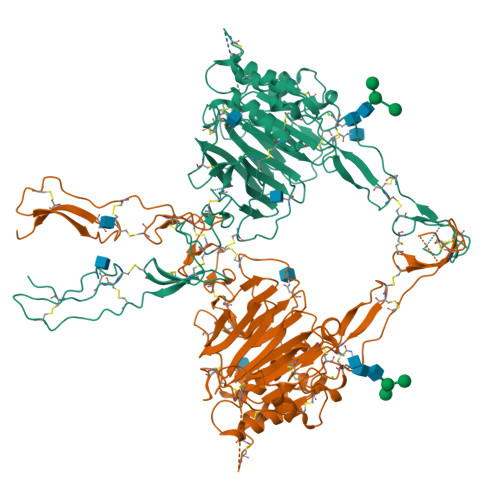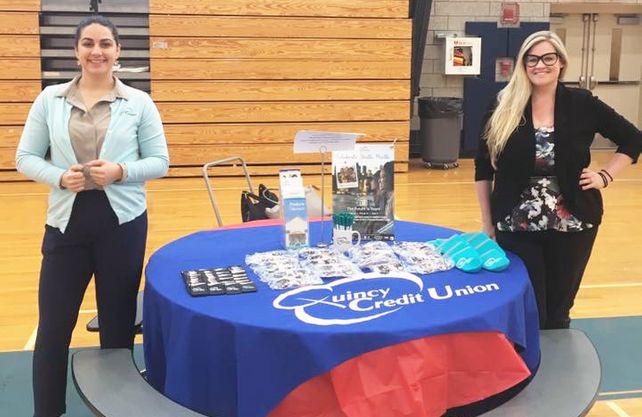
Somatic mutation, disruption, or copy number variation of the following genes or loci may also contribute to the formation of glioma: ERBB (EGFR 131550), ERBB2 (164870), LGI1 (604619), GAS41 (602116), GLI (165220), DMBT1 (601969), IDH1 (147700), IDH2 (147650), BRAF (164757), PARK2 (602544), TP53 (191170), RB1 (614041), PIK3CA (171834), 10p15, 19q, and 17p13.3. Īll FOXP2-related speech and language disorders, regardless of the underlying genetic alteration, have a core phenotype: childhood apraxia of speech (CAS), a disorder of speech motor programming or planning that affects the production, sequencing, timing, and stress of sounds, syllables, and words. Genetic Heterogeneity of Susceptibility to Glioma Other glioma susceptibilities include GLM2 (613028), caused by variation in the PTEN gene (601728) on chromosome 10q23 GLM3 (613029), caused by variation in the BRCA2 gene (600185) on chromosome 13q13 GLM4 (607248), mapped to chromosome 15q23-q26.3 GLM5 (613030), mapped to chromosome 9p21 GLM6 (613031), mapped to chromosome 20q13 GLM7 (613032), mapped to chromosome 8q24 GLM8 (613033), mapped to chromosome 5p15 and GLM9, caused by variation in the POT1 gene (606478) on chromosome 7q31. Familial clustering of gliomas may occur in the absence of these tumor syndromes, however. Gliomas are known to occur in association with several other well-defined hereditary tumor syndromes such as mismatch repair cancer syndrome (see 276300), melanoma-astrocytoma syndrome (155755), neurofibromatosis-1 (NF1 162200) and neurofibromatosis-2 (see SWNV, 101000), and tuberous sclerosis (TSC1 191100). They tend to be slow-growing, noninvasive, and located in the ventricular system, septum pellucidum, cerebral aqueduct, or proximal spinal cord (summary by Ryken et al., 1994). They were characterized as a distinct entity by Scheinker (1945). Subependymomas are unusual tumors believed to arise from the bipotential subependymal cell, which normally differentiates into either ependymal cells or astrocytes. Ependymomas are rare glial tumors of the brain and spinal cord (Yokota et al., 2003). Glial cells can show various degrees of differentiation even within the same tumor (summary by Kyritsis et al., 2010). Applications are available online at or at any QCU location starting in January of each year.Gliomas are central nervous system neoplasms derived from glial cells and comprise astrocytomas, glioblastoma multiforme, oligodendrogliomas, ependymomas, and subependymomas. Non-selected applicants are encouraged to apply each year they meet the scholarship criteria. QCU Scholarships are available to high school seniors of the current year’s graduating class and for enrolled college students for each of the years they are enrolled in a two or four-year accredited college or university. QCU is proud to support these amazing students and wishes them the best of luck with all future endeavors. He intends to serve in the Marines for two years and then look into a career in foreign service. Jala is a Boston College High School student attending The Citadel to major in International Politics and Military Affairs.Her personal experience as an athlete has inspired her to explore a career in Athletic Training to help other athletes. Doherty is a Quincy High School senior attending Norwich University in the fall to major in Health or Exercise Science.

Playing Ice Hockey occupies most of the time he isn’t in the classroom.

2019 Scholarship Lottery Award Winners (from left): Steven Marstjepovic, Sean Healy, Isabel Doherty and Tripoom


 0 kommentar(er)
0 kommentar(er)
